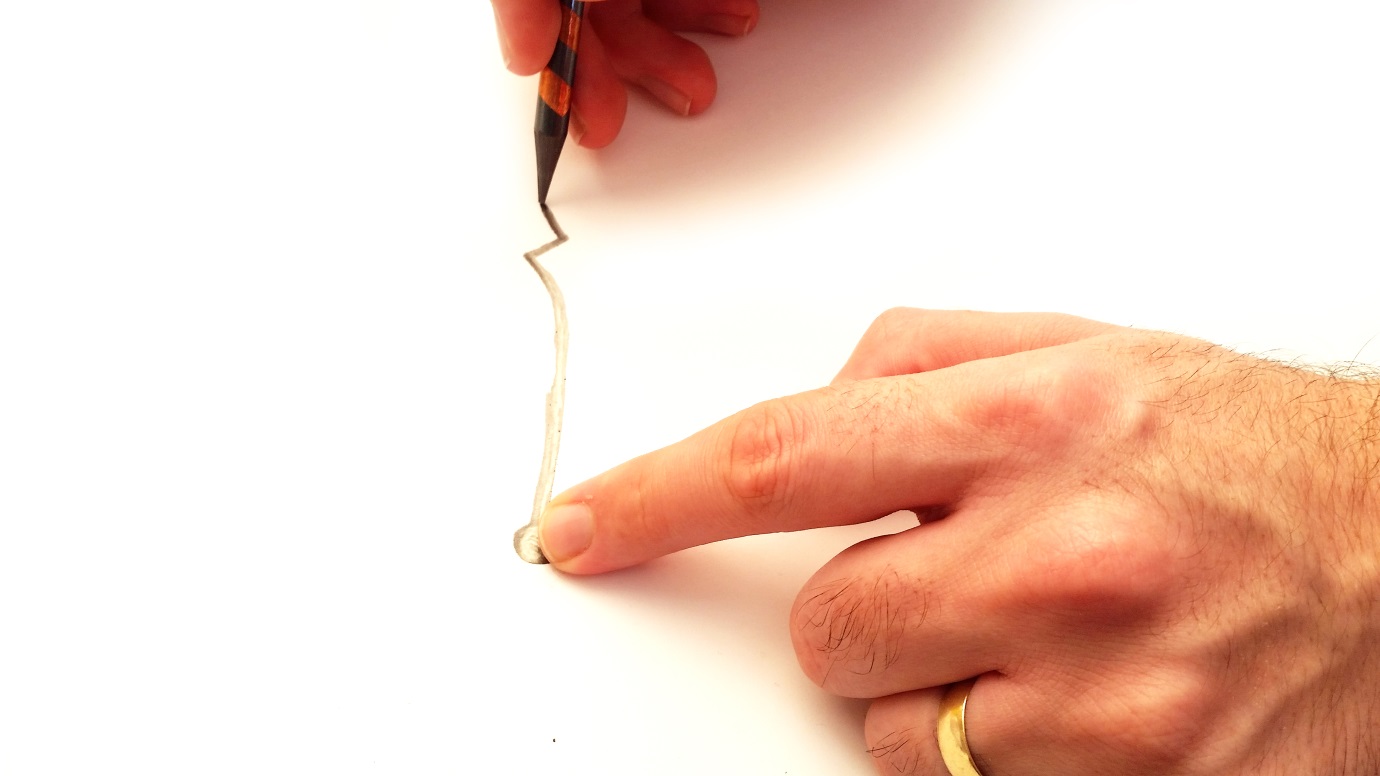What’s included in your kit
Please open the packaging carefully and check that all parts are present and correct using the parts list below before you start.
|
Drawdio PCB 1 |
|
8 Ohm speaker 1 |
|
2N4403 PNP transistor 1 |
|
555 timer IC 1 |
|
680p Ceramic capacitor 1 |
|
0.1u Ceramic capacitor 1 |
|
100u Electrolytic capacitor 1 |
|
10R Resistor 1 |
|
10k Resistor 1 |
|
300k Resistor 1 |
|
20M Resistor 1 |
|
AAA battery holder 1 |
|
200mm sticky back copper foil (approximately) |
|
8b graphite pencil 1 |
|
Cable ties 2 |
|
Sticky pads 2 |
|
40mm wire (approximately) 1 |















